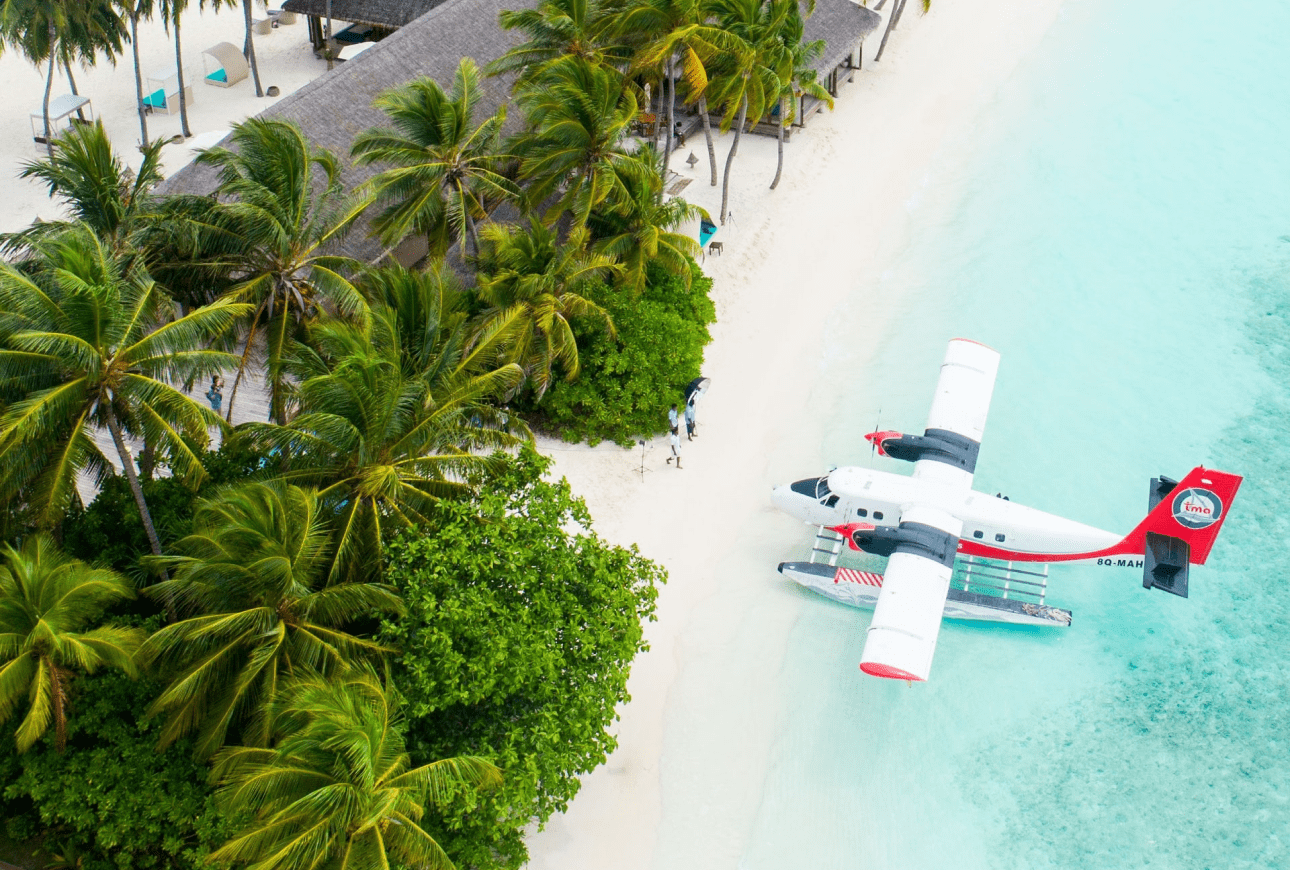Yala National Park, situated in the southeastern region of Sri Lanka, is a wildlife enthusiast’s paradise and one of the country’s most popular national parks. Known for its diverse ecosystems, ranging from lush forests to arid grasslands, Yala is home to an incredible variety of wildlife, including the elusive Sri Lankan leopard, elephants, and hundreds of bird species. Here’s an in-depth guide to help you plan your visit.
Getting to Yala National Park
By Road (Recommended): The most convenient way to reach Yala National Park from Bandaranaike International Airport (CMB) is by road. Yala is approximately 300 km southeast of the airport, and the journey typically takes 6-7 hours.
Private Taxi or Ride-Sharing: Book a private taxi from the airport for a direct and comfortable journey.
Approximate cost: USD 100-150 (depending on the provider and vehicle type).
Car Rental: Rent a car at the airport if you prefer to self-drive. The southern expressway provides a smooth route, but local driving conditions can be challenging, especially near the park.
By Bus:
Take a bus from Colombo to Tissamaharama (the nearest major town to Yala).
From Tissamaharama, catch a local tuk-tuk or taxi for the 30-minute drive to Yala.
Note: This is the most economical option but can be time-consuming and less comfortable.
By Train (Partial Journey):
Take a train from Colombo Fort to Matara or Hambantota (the closest railway stations).
From there, hire a taxi or tuk-tuk for the remaining 2-3 hours to Yala.
By Air:
Domestic flights are available to Mattala Rajapaksa International Airport, which is located about 90 km from Yala. From there, hire a taxi or private vehicle to cover the remaining distance.
Getting Around the Park
Safari jeeps are the only means of exploring Yala National Park. These can be booked through hotels, tour operators, or directly at the park entrance. Both private and shared options are available, with knowledgeable guides included.
Inside the Park
Outside the Park
Wildlife Safaris
Birdwatching
Beach Visit
Archaeological Sites
Nature Photography
The ideal time to visit Yala is during the dry season (February to June) when water sources dry up, making wildlife sightings more frequent around waterholes. The park remains open year-round, except for September when Block 1 closes for maintenance.
Tickets and Entry
Entrance Fee: Approx. USD 30 for foreigners (check for updated pricing).
Tickets can be purchased at the main entrance.
Dress Code
Wear comfortable clothing and sturdy shoes suitable for climbing.
Modest attire is recommended if visiting nearby religious sites.
Carry Essentials
Bring water, sunscreen, and a hat to protect against the sun.
Photography
Photography is allowed but be respectful around frescoes.
Hire a Guide
Consider hiring a licensed guide to gain deeper insights into Sigiriya’s history and significance.

Subscribe to see secret deals prices drop the moment you sign up!